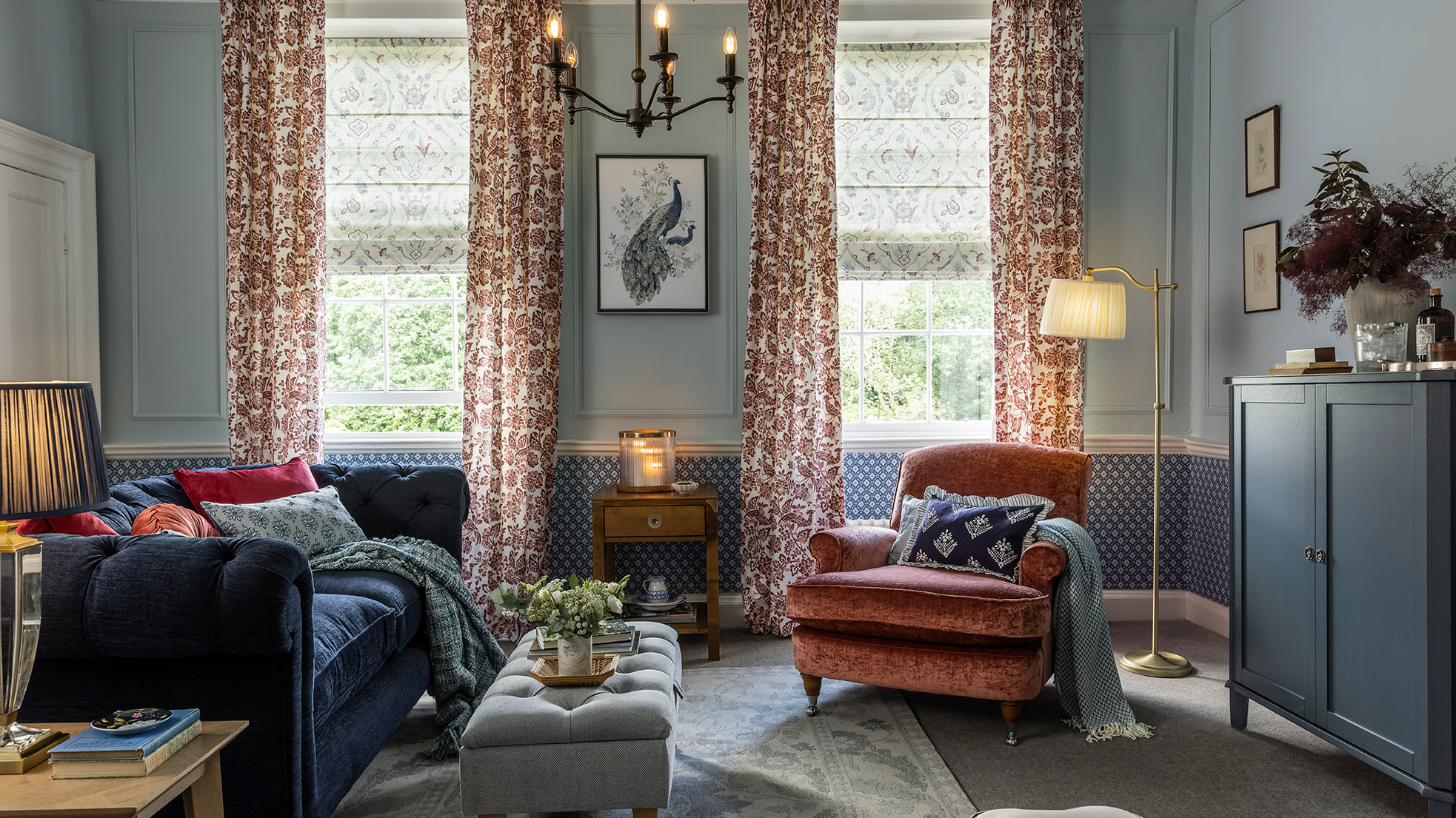
You may well have heard the term 'layered lighting' being thrown around in the world of interior design, but do you know what it means? More importantly, do you know the transformative effect it could have on your home and how to implement it?
No? Fear not, we're here to explain exactly how to create a layered lighting scheme – and it isn't as complicated as you might have been led to believe.
Layered lighting is crucial for an interior scheme to adapt to any situation and will feel full of character and warmth, whether aiming for a traditional or a cool contemporary look.
Using only one lighting source is one of the most common lighting mistakes people make when installing the latest lighting trends. With that in mind, we asked a range of lighting experts for their top tips on how homeowners can build a layered lighting scheme with ease.
What is layered lighting?
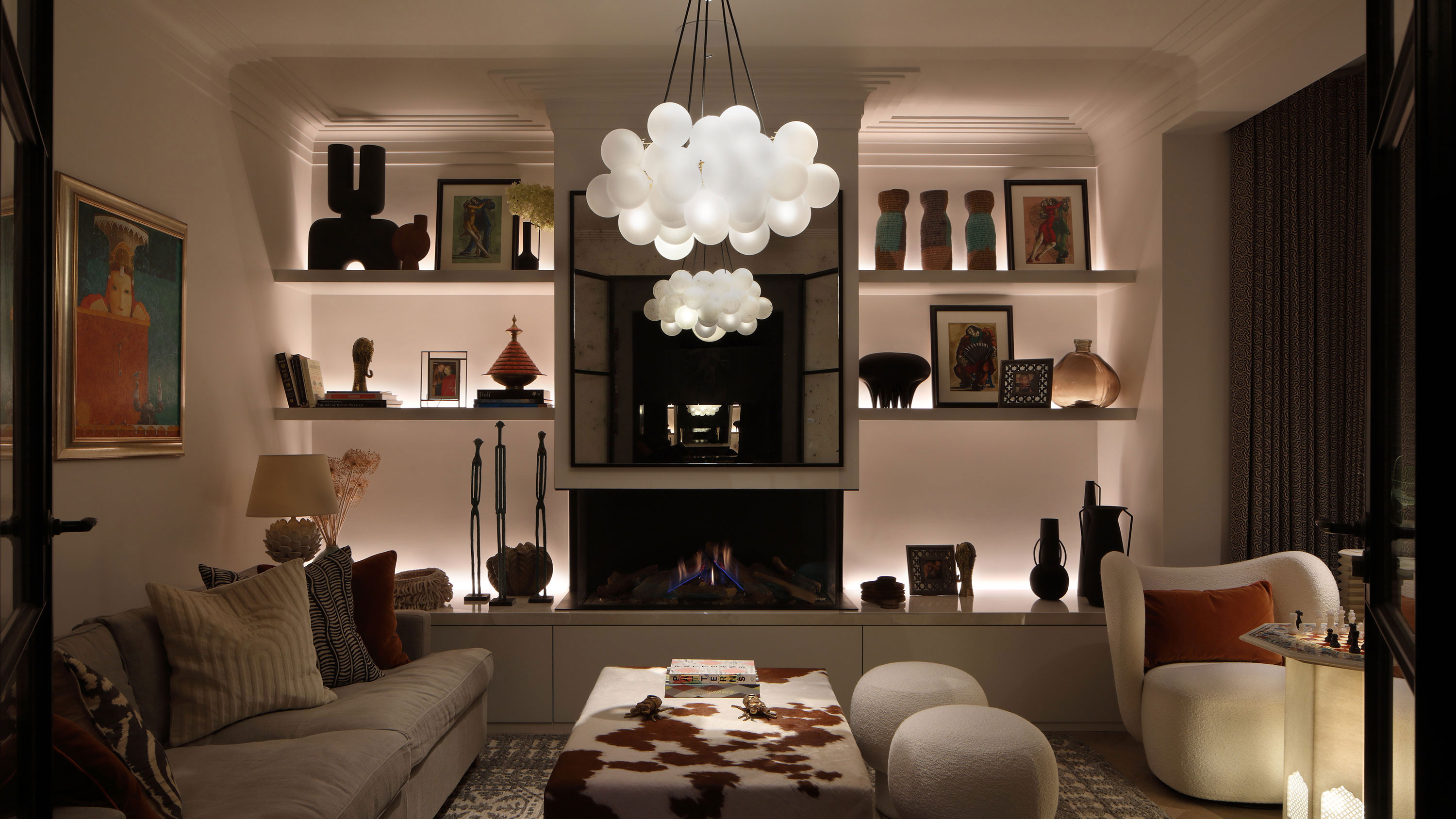
To begin with, what exactly is layered lighting?
“Layered lighting schemes combine different types of light sources and levels to achieve the perfect functionality and aesthetics in a space," says Alexandra Cooper, an interior designer at Planner 5D. "They are key to creating a well-balanced and functional lighting environment in any home."
"Creating a layered lighting scheme is all about combining three key types of lighting: ambient, task, and accent," explains Carolyn Cerminara, founder and principal designer at Cerminara Design.
In short, different types of lighting are useful for different things. An adjustable lamp is great for directing light towards your choice of reading material, while hidden LEDs can be fantastic for highlighting subtle architectural features.
"Think of lighting in terms of layers, where various sources and fixtures with independent controls are combined to adjust their intensities," says Tom Simon, design and product development manager at Juniper Design.
"Our spaces have become more dynamic with people now working in living rooms, kitchens and even their bedrooms, making it crucial for our lighting to be adaptable to different functions. The key is ensuring that these different systems can be controlled independently, allowing users to switch between 'modes' as needed."
What different types of lighting should every home have?
To start building a layered lighting scheme, you need to understand a little bit about the different types of lighting and what each is used for, whether you are looking at how to make a home cosy or need to make a dark room brighter.
According to Peter Yera, director of design and development at Fine Art Handcrafted Lighting, you need to start with 'a 3-tiered approach.'
This should be made up of 'ambient lighting' (also known as general or background lighting), 'task lighting' and 'accent (or architectural) lighting.'
When used together, these three types of lighting can be used to create all manner of moods – family games night? Your ambient and task lighting have you sorted. Drinks with friends? One task lighting source and some sultry accent lighting could just make the evening a little bit better.
What is ambient lighting?
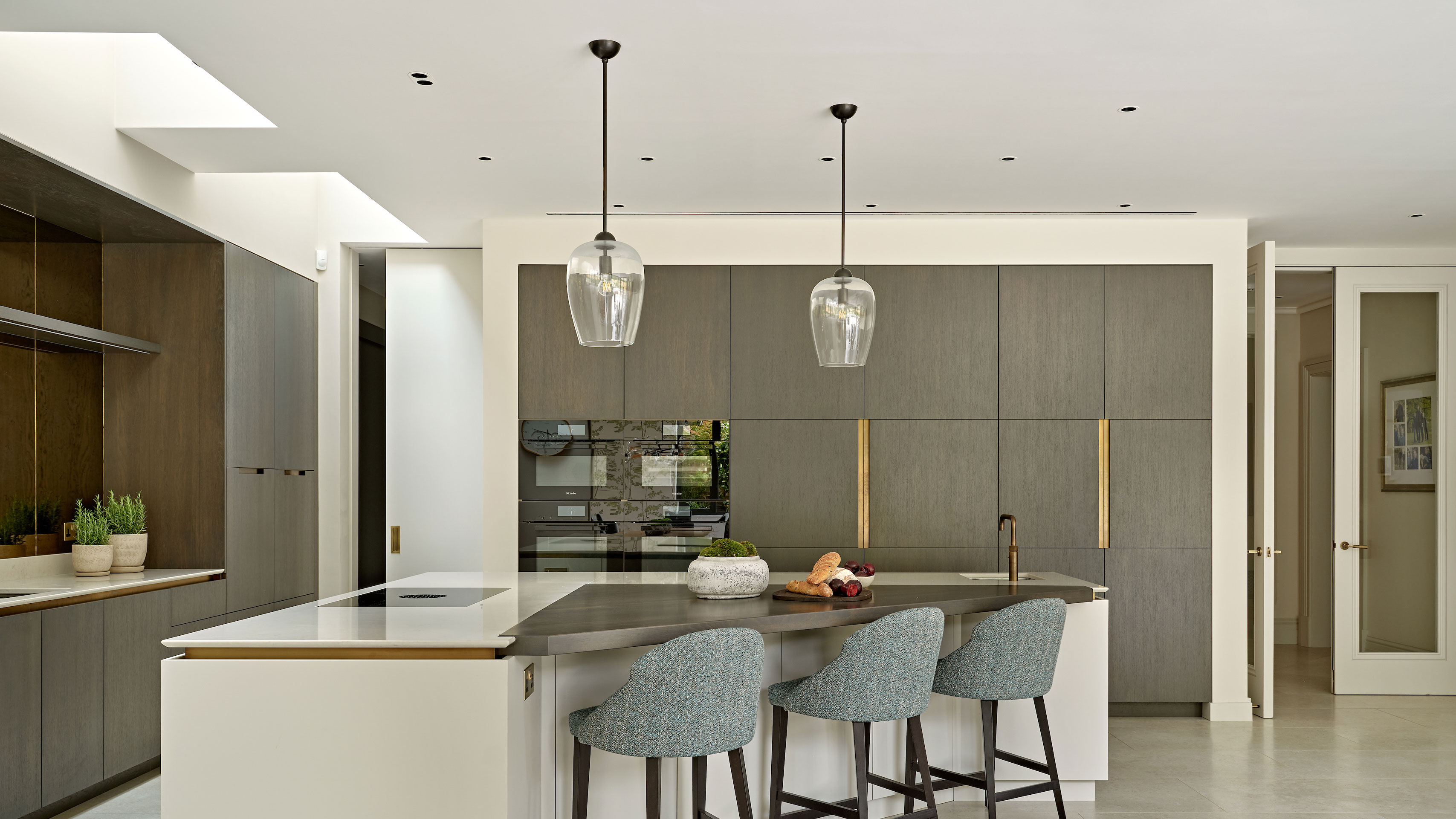
This is the place to begin when designing a lighting scheme. "Start with ambient lighting as the foundation, says Claire Garner, director of Claire Garner Interiors.
"This is the general illumination that fills the room, often provided by overhead fixtures like chandeliers, recessed lights, or ceiling-mounted fixtures."
"The base layer of lighting will be your ambient lighting because it’s the main source of light that fills the space," further explains Angelique Kreller, an interior designer at Yabby.
To put it simply, your background lighting is a little like the paint you choose for your walls. It forms a backdrop for the room, so you need to think in terms of recessed downlights or pendant lighting that illuminates the entire room when needed.
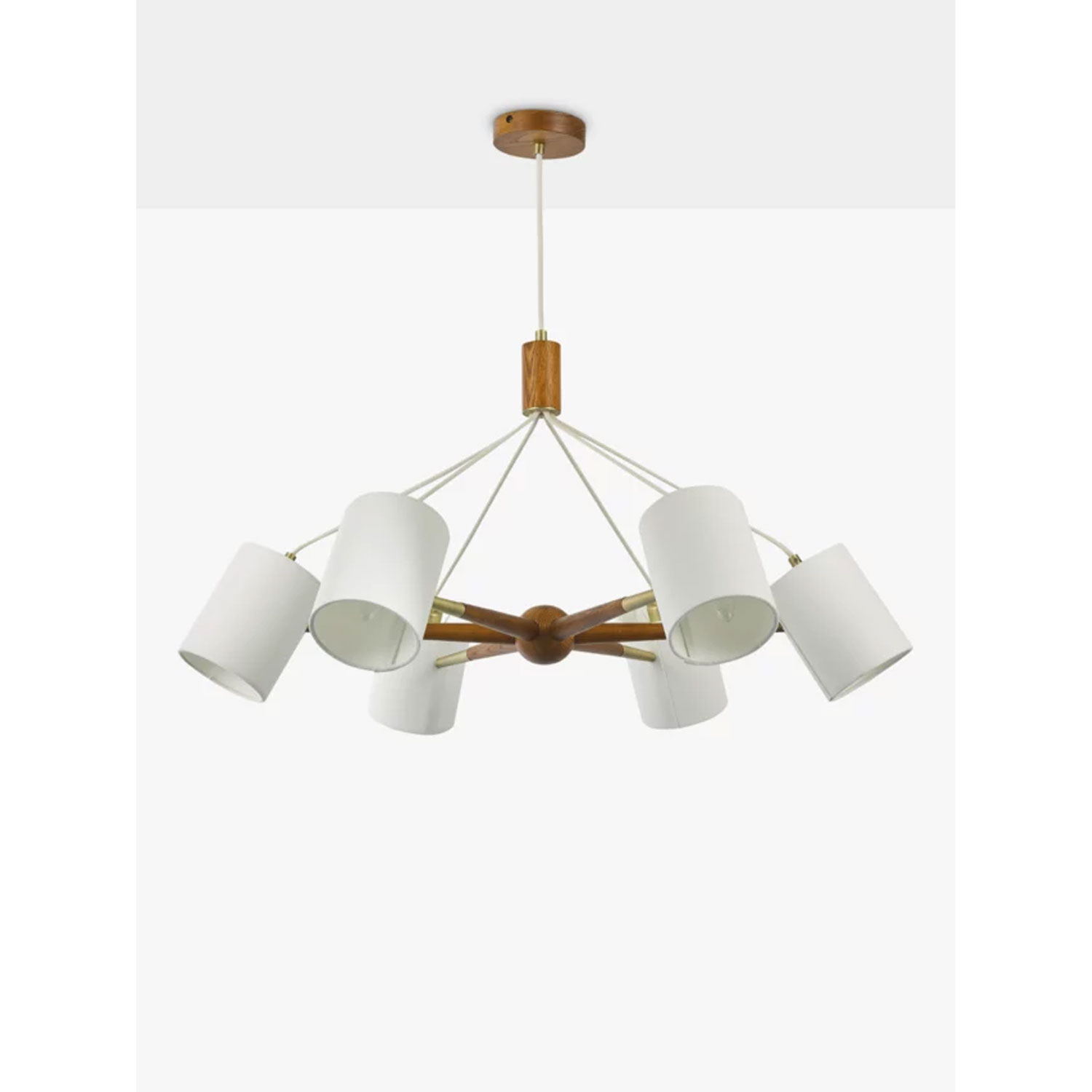
RRP: £300 | With a mid-century inspired design, the stained ash, brass and linen shades of this chandelier would not only set the tone of the room but will also throw out plenty of light.
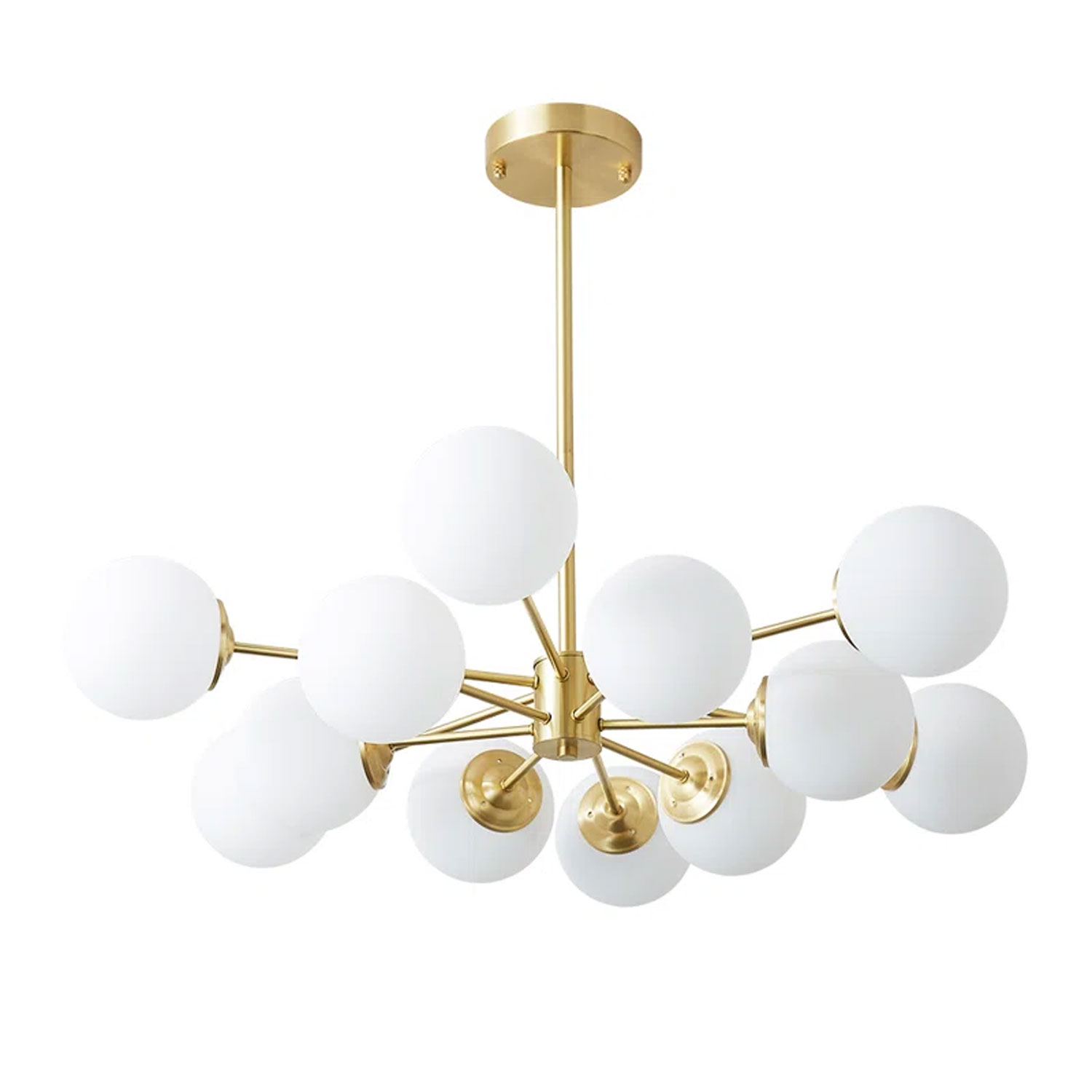
RRP: £243 | This wonderfully contemporary chandelier looks just as good switched off as it does on. It also gives a good spread of light, perfect for ambient lighting.
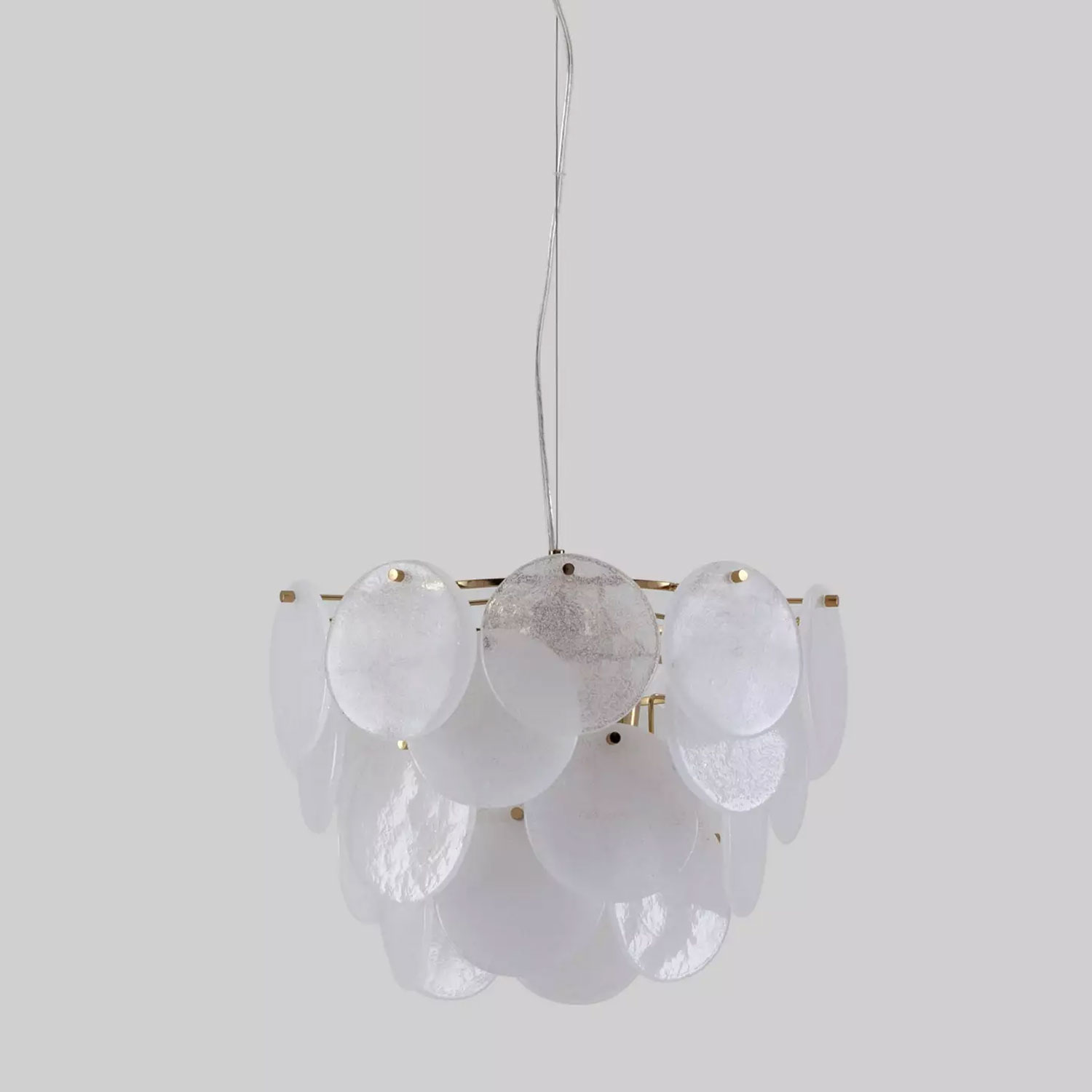
RRP: £399 | This chandelier manages to be both elegant as well as striking with its captivating frosted glass pieces that send out a warm, ambient glow.
What is task lighting?
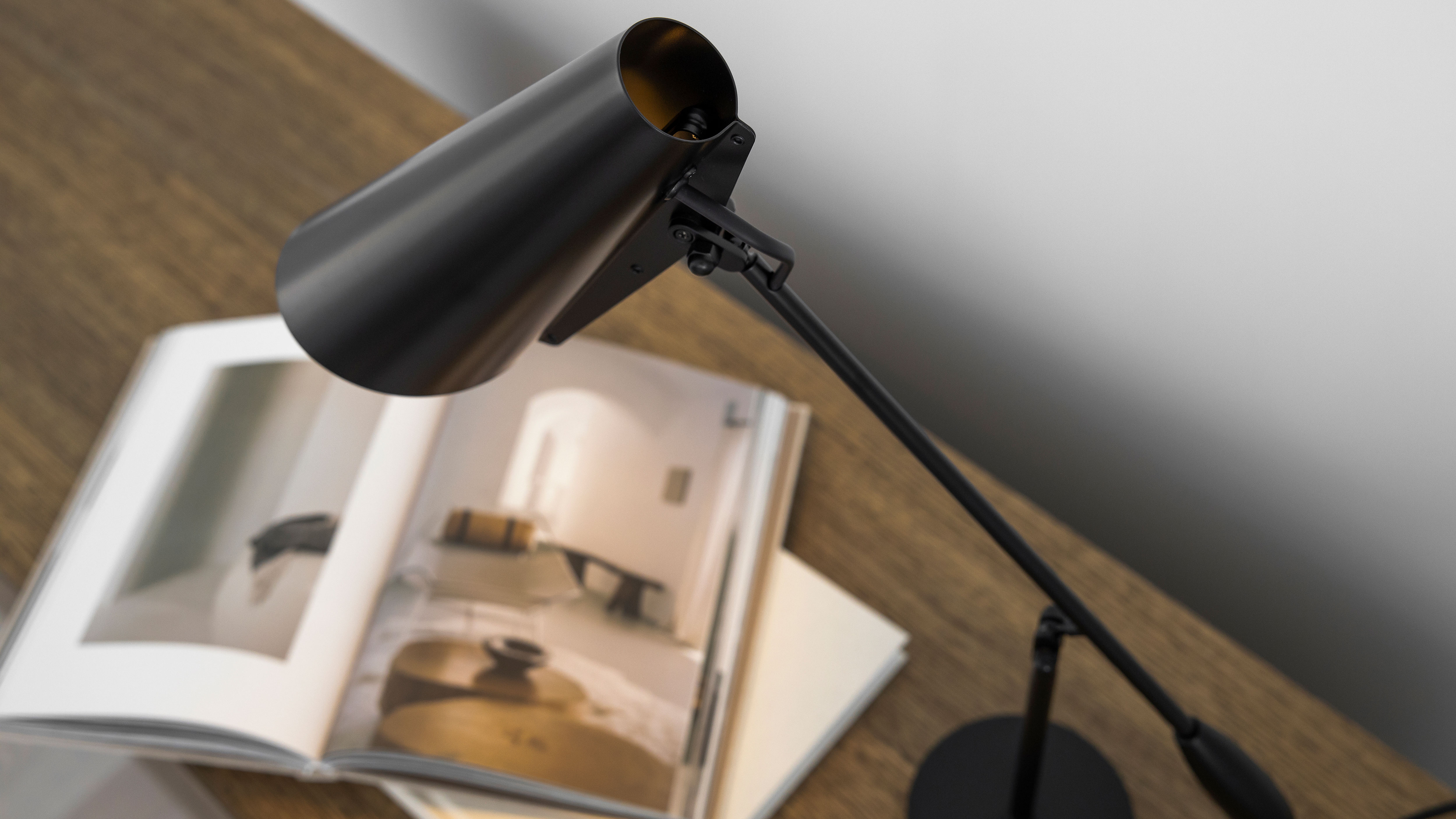
Task lighting should never be an afterthought. In fact, it is essential to the functionality of your home on a day-to-day basis.
"We design task lighting to be highly efficient and long-lasting, while also reinforcing the architectural language of the space," kicks off Hafsa Burt, founder of hb+a Architects.
But how should you deliver this kind of lighting?
"Task lighting is more focused and direct, aimed at specific tasks such as reading, cooking or applying make-up," explains Alexandra Cooper. "Examples include under-cabinet lights in the kitchen, desk lamps and vanity lights in the bathroom."
Although task lighting is often thought of as having a purely functional role and as being essential for home office interior design, that doesn't mean it can't also add to the overall ambience of a room – think of the reading lamp that makes indulging in your current reading material easier. It can also add a cosy glow to the space, even when you are just watching your favourite Netflix series.
RRP: £79.95 | This smart desk lamp is perfect for directing light just where you need it and would look perfect in your home office, living room, as a bedside lamp or even in the kitchen.
What is accent lighting?
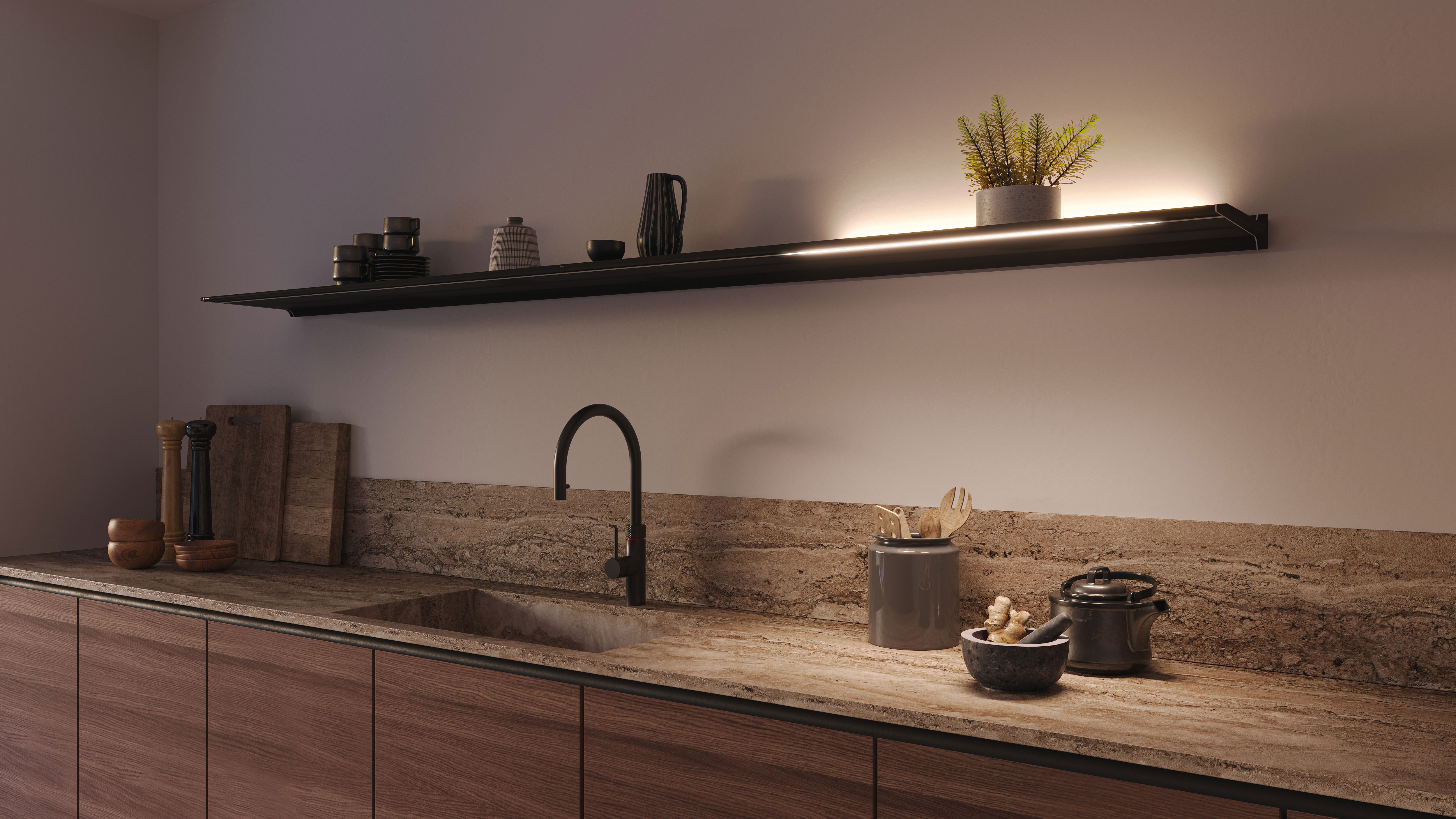
If you have gone through the trouble of incorporating decorative features or researched where to hang artwork carefully, you'll want to draw all eyes towards these areas. This is where accent (or architectural) lighting comes into play.
"Introduce accent lighting to create depth and highlight architectural features, artwork, or decorative objects," advises Claire Garner. "This can include wall sconces, picture lights or LED strips.
"Don’t shy away from using larger fixtures, as they can create the illusion of a more expansive space and add a touch of sophistication," continues Claire.
"Accent lighting is where the design speaks," adds Hafsa Bur. "It’s about adding depth and contrast, highlighting the finer details – textures, art and structural elements. It's a deliberate touch that brings out the personality of a room, especially when it highlights sustainable materials or unique architectural features."
"Accent lighting is all about the ways you can create drama in the room," further explains Angelique Kreller. "Whether it’s a spotlight on a piece of art, a picture light or LED strips under floating shelves, accent lighting will be one of the ways you can draw attention to your home’s best features and make it feel more dynamic."
How do you layer lighting?
Even when you understand more about the different types of light, getting to grips with how to combine them to create a scheme that does your home justice can be tricky. Just how do you bring these light sources together successfully?
"The most important thing about lighting in any space is having multiple light sources – that is what gives you the flexibility of how much light you have at a given time," explains Michelle Dew, interior decorator at Cultivate Your Space.
"I recommend at least three light sources per room, in addition to the built-in overhead light.
Layered lighting schemes for different rooms
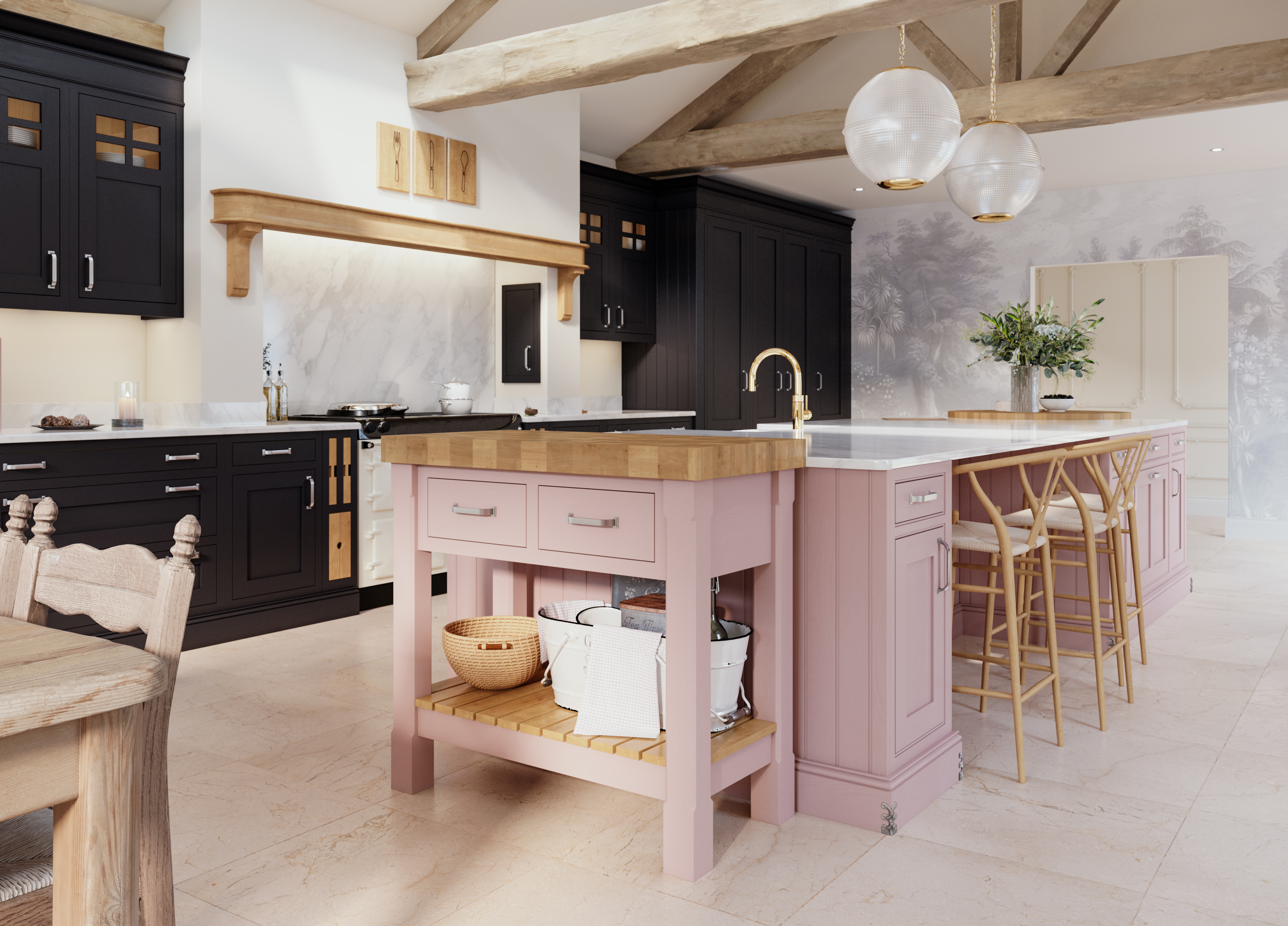
Each room of the house has different lighting requirements meaning it is important to layer your light appropriately.
"For living rooms, I would recommend a combination of ambient lighting (recessed lights or a central fixture) and task lighting (such as table lamps for reading)," says Alexandra Cooper. "Accent lighting, like sconces or picture lights, can highlight art or architectural details.
"In bedrooms, a good strategy is to layer soft ambient lighting with bedside table lamps or wall-mounted sconces for task lighting when reading or winding down," continues Alexandra. "Dimmer switches are perfect for adjusting light levels to create a relaxing atmosphere. If the bedroom has a desk, then a task light in the shape of a table lamp would be preferred for studying and/or working."
In the kitchen, it is so important to get lighting just right. Kitchen trends aside, this has to be the most practical room in the house, yet it is also the space in which everyone tends to gather, meaning you want more than purely functional lighting.
"In kitchens, task lighting is important for cooking and food prep, so under-cabinet lights and pendant lights over a kitchen island are great choices," explains Alexandra Cooper. "Ambient lighting from recessed lights ensures the entire space is well-lit overall."
In addition, don't be afraid to include a few table lamps in the kitchen – they really can add warmth and character when placed on worktops or shelving.
And, lastly, the bathroom, another room in which functionality is crucial.
"For bathrooms, task lighting around mirrors is critical for grooming and make-up," says Alexandra. "Overhead ambient lighting ensures general visibility, while accent lights and LED strip lighting can enhance décor or highlight unique features."
FAQs
What is a wall sconce?
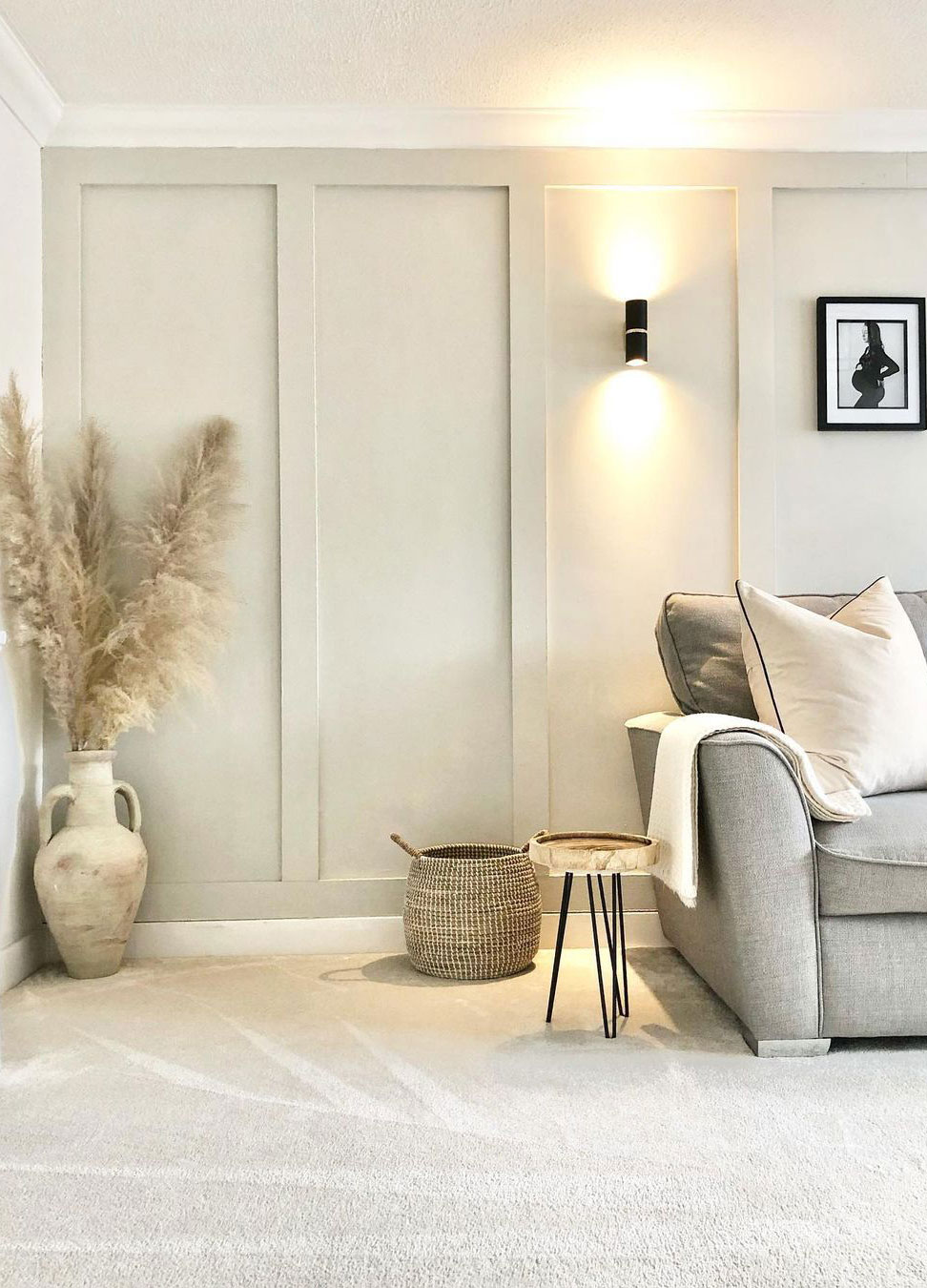
Unlike wall lights, which are fixed to the wall with the light source directed outwards, wall sconces are slightly different.
They are often used as accent lighting and where a softer, cosier kind of light is required. They 'wash' the walls with light, as opposed to providing an overall background lighting. That said, they can also provide task lighting when fitted to shine a light on a particular point in the room.
"Wall sconces are beautiful yet functional; they fill the walls of a room with beautiful decorative lighting beams and shadows while providing enough illumination to guide a walk downstairs or through corridors," explains Antonia Caicedo, interior designer and creator of the Antonia Collection at JIMECO.
What is light temperature?
When choosing your lighting it is crucial to think about how it will make a space feel, as well as how it will facilitate the tasks you want to carry out in that room. Much of this will come down to light colour temperature, which is measured in Kelvins and ranges from warm to cold.
"The temperature of the lighting is very important," says Antonia Caicedo. "Ensure you check this before buying any kind of lighting fixture, as this will truly affect how your space feels."
"I always recommend choosing warm lighting schemes with lighting temperatures between 2800k and 3000k for residential spaces; anything higher than that will start to feel cold and corporate."







